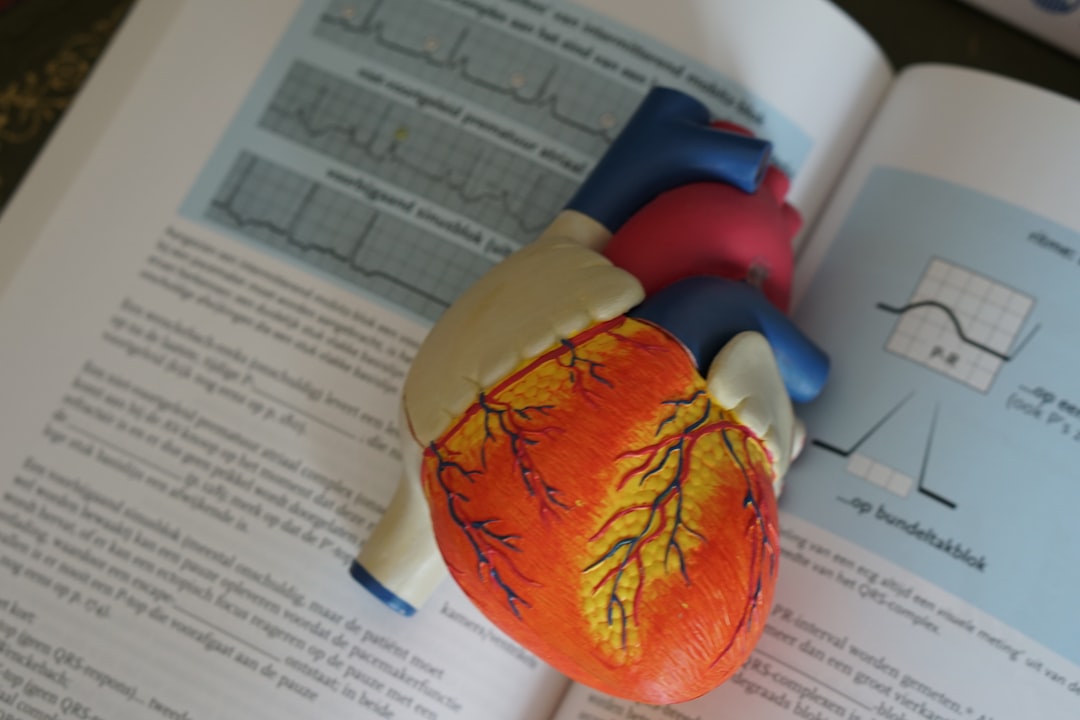What is it about?
Advanced atherosclerotic plaques are characterized by increased endothelial migration and angiogenesis, which foster intraplaque hemorrhage, a putative risk factor for life-threatening plaque rupture. Hemodynamic forces greatly determine localization and progression of atherosclerotic plaques. Hence, disturbed flow that typifies atheroprone areas may locally predispose the endothelium for pro-migratory signals whereas endothelium exposed to protective laminar flow may be less susceptible. Supporting this scenario, we here identify PAK1, a key pro-migratory effector of Rac/Cdc42, as novel flow-sensitive gene repressed by the MEK5/Erk5 cascade, a candidate pathway mediating beneficial effects of laminar flow and statins. We demonstrate that Erk5-induced PAK1 loss depends on the atheroprotective transcription factor KLF2 and critically contributes to the noted migration defect of chronically Erk5-activated cells. Our data suggest that PAK1 regulation may serve as flow-sensitive switch to adjust endothelial susceptibility to pro-migratory cues suggesting that interference with PAK1 signaling may be a promising strategy to suppress atherosclerosis progression.
Featured Image
Read the Original
This page is a summary of: Erk5 inhibits endothelial migration via KLF2-dependent down-regulation of PAK1, Cardiovascular Research, November 2014, European Society of Cardiology,
DOI: 10.1093/cvr/cvu236.
You can read the full text:
Contributors
The following have contributed to this page










